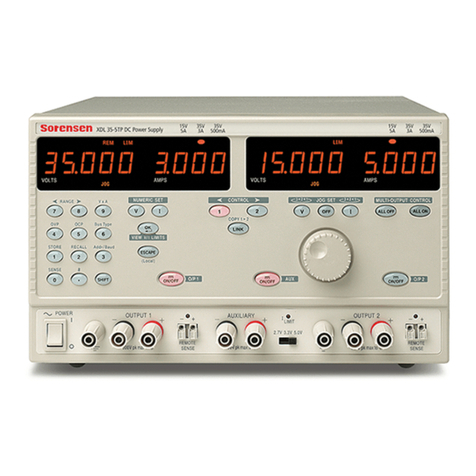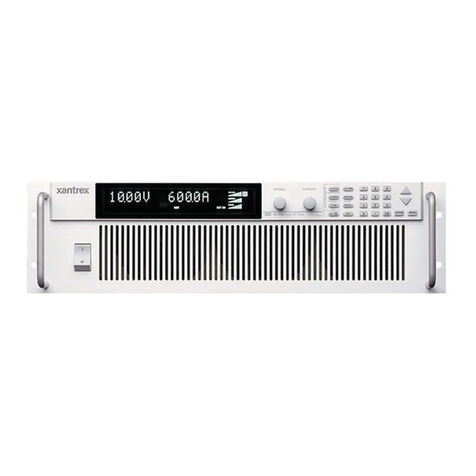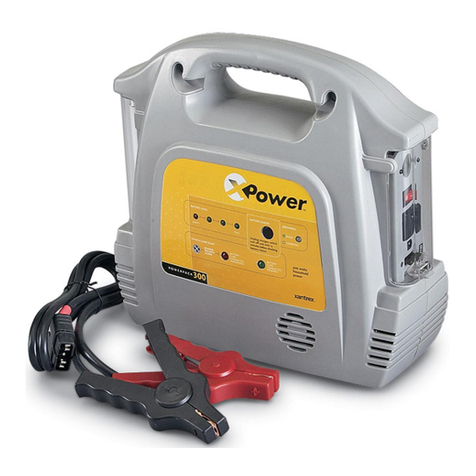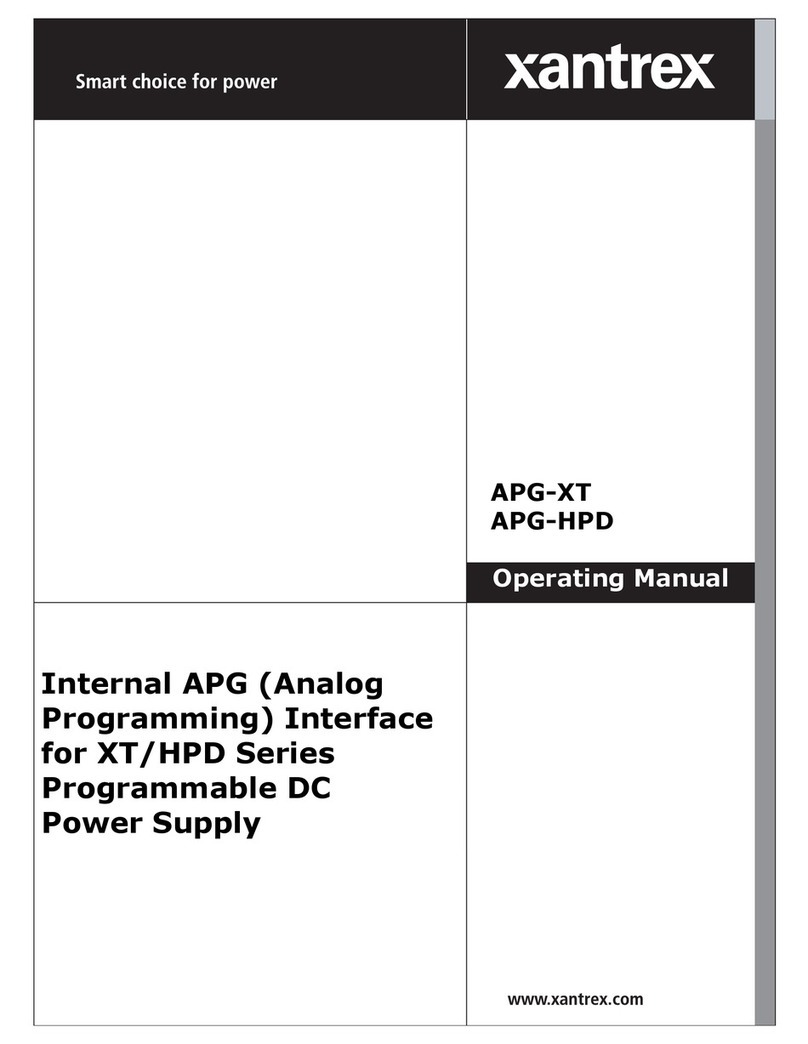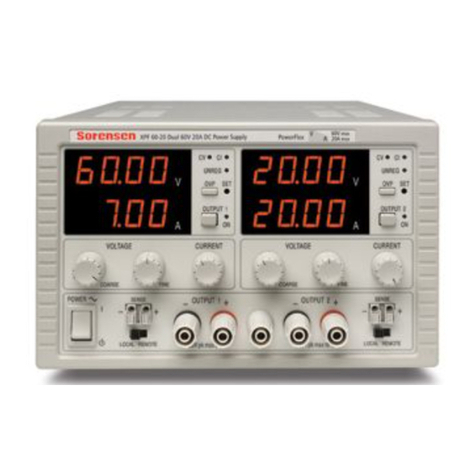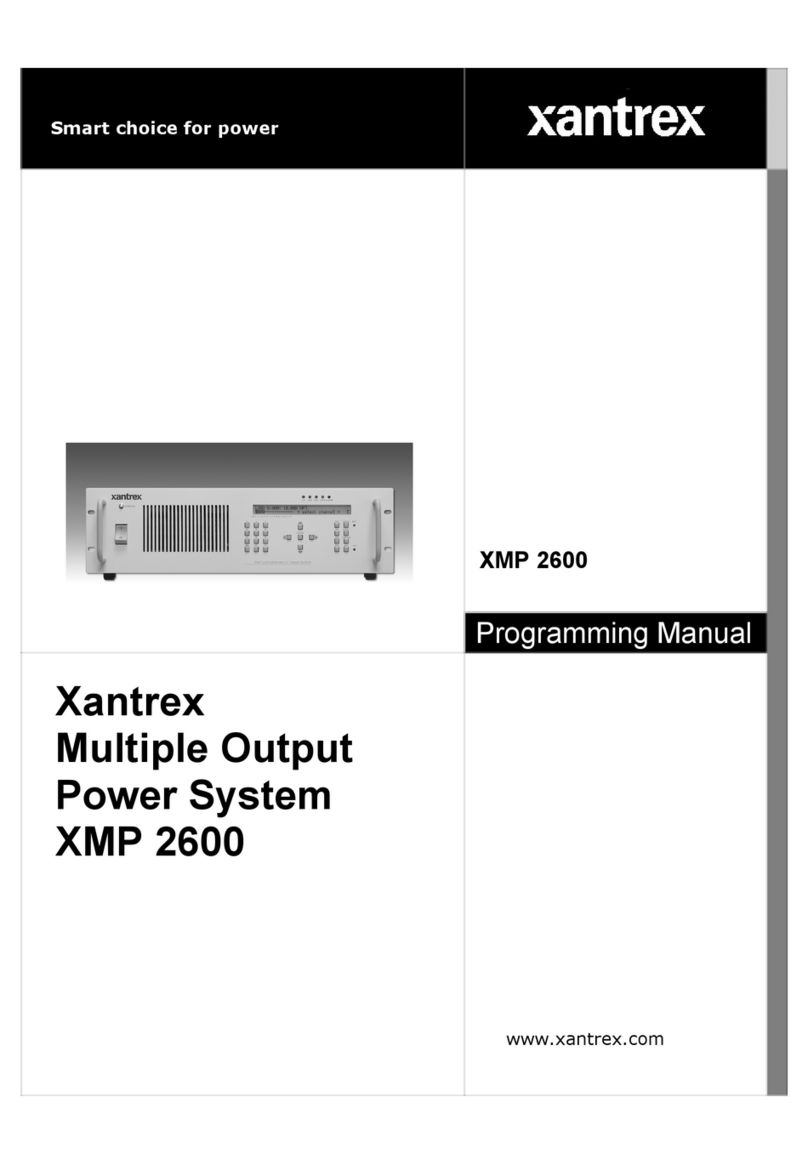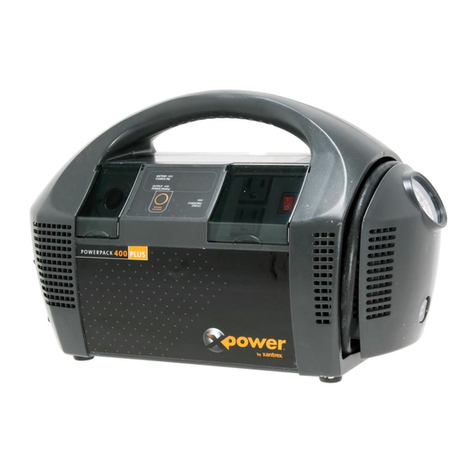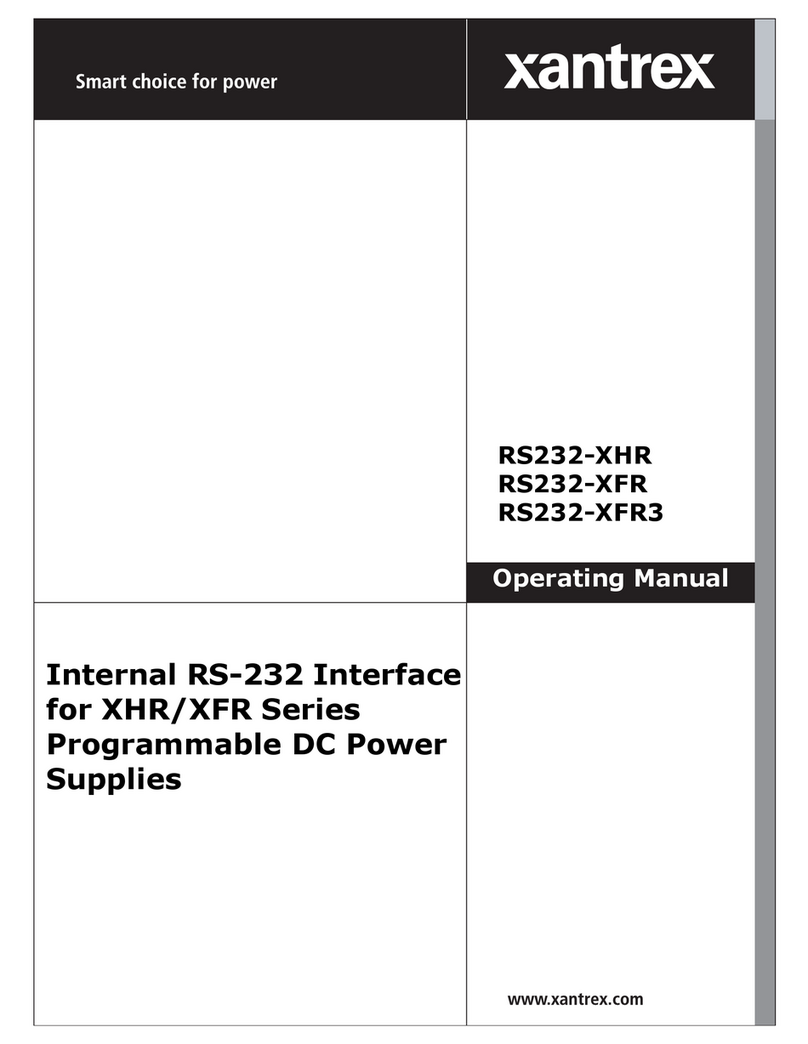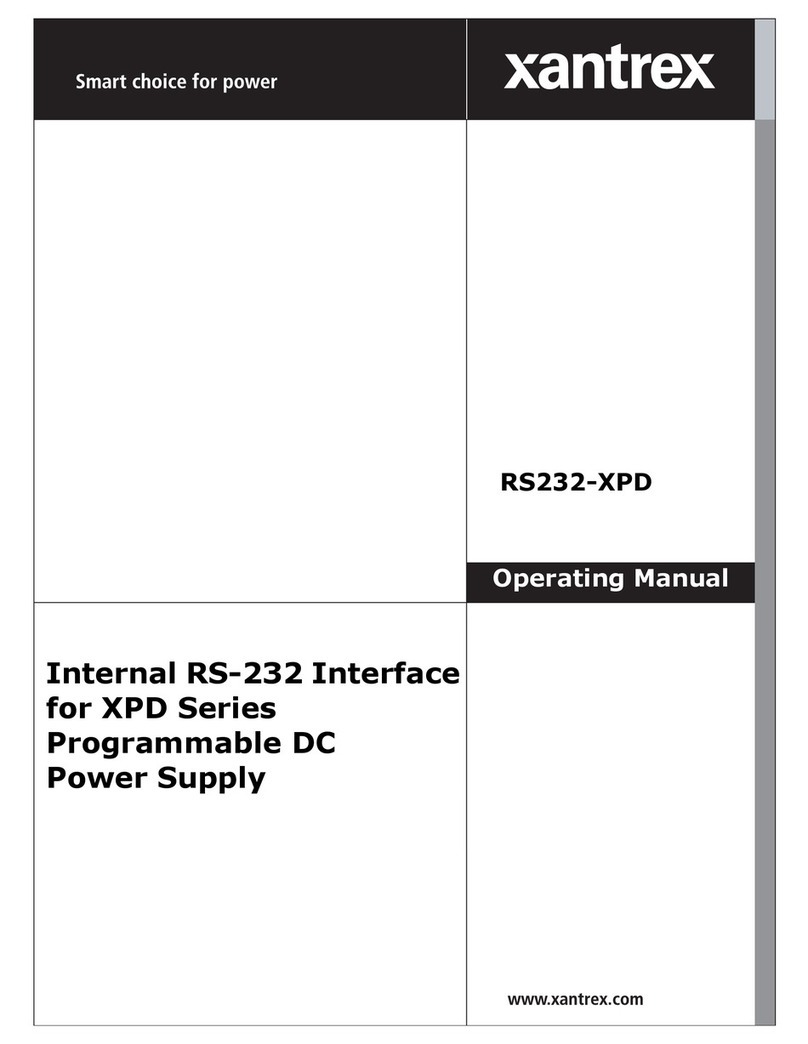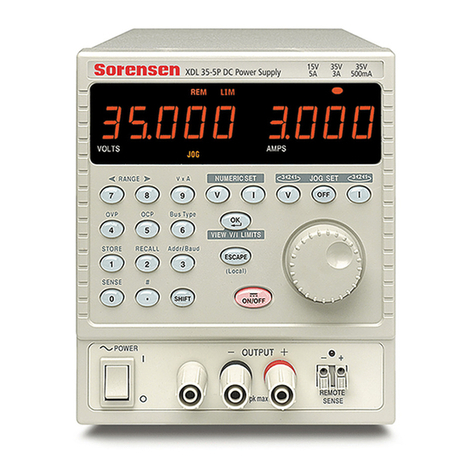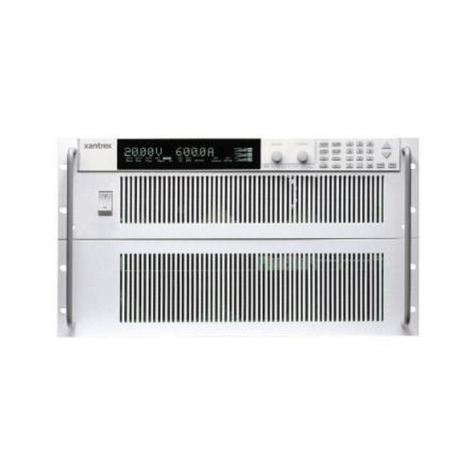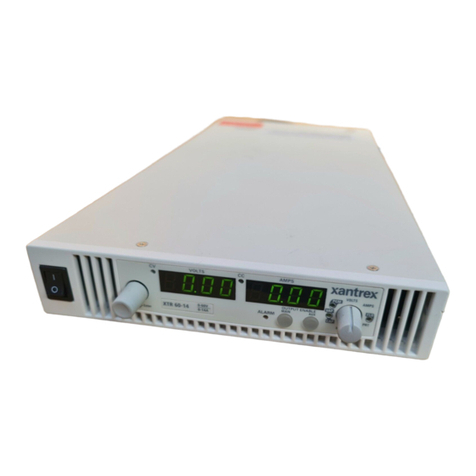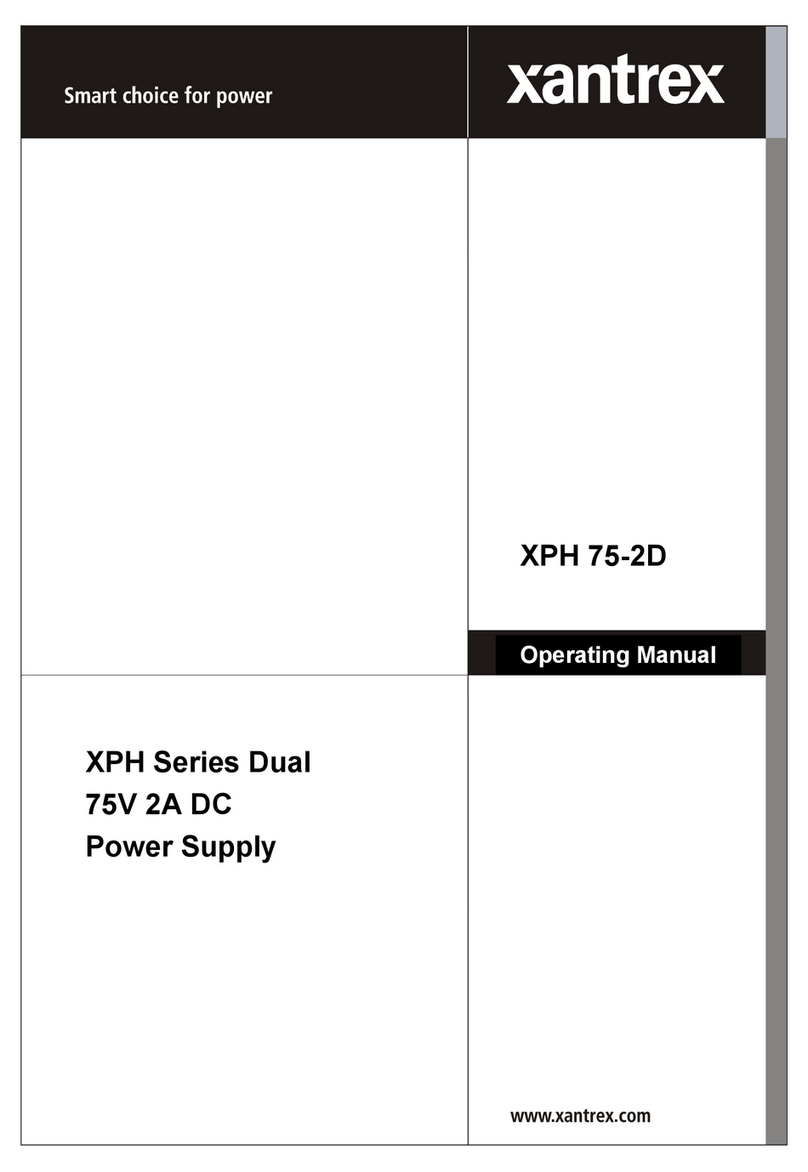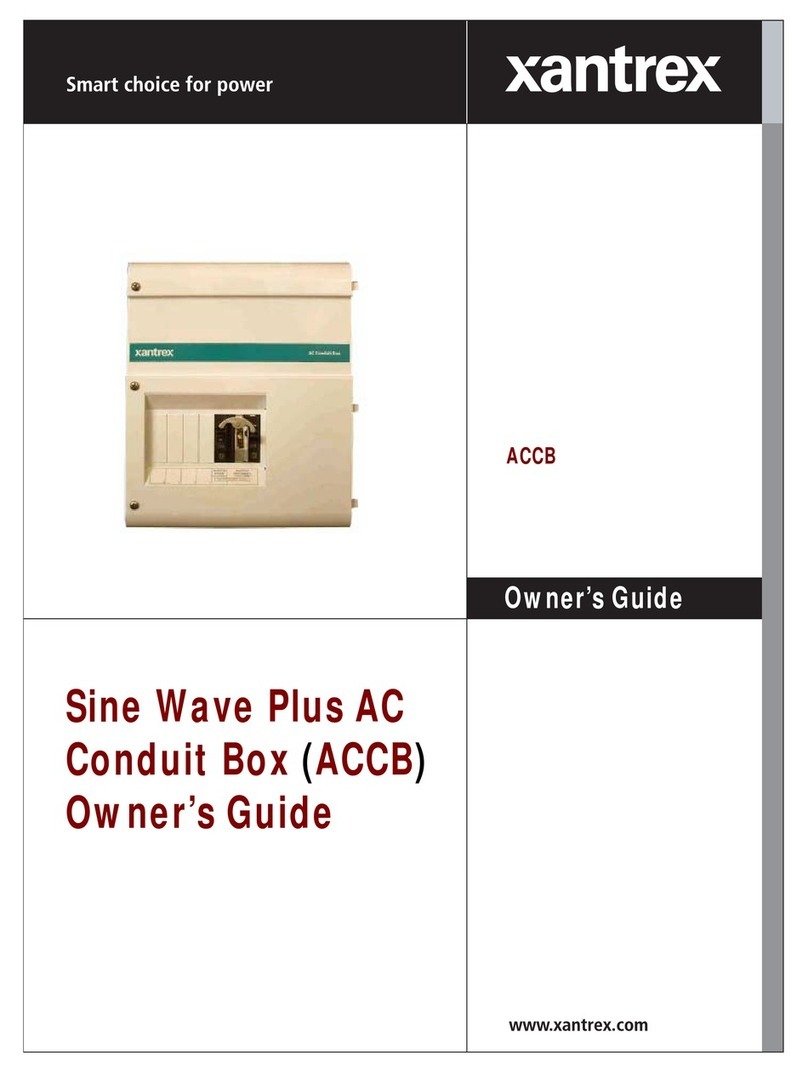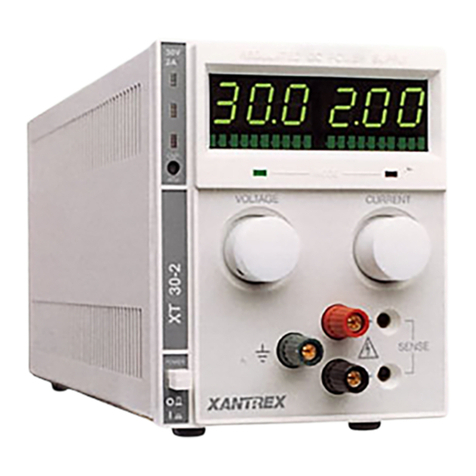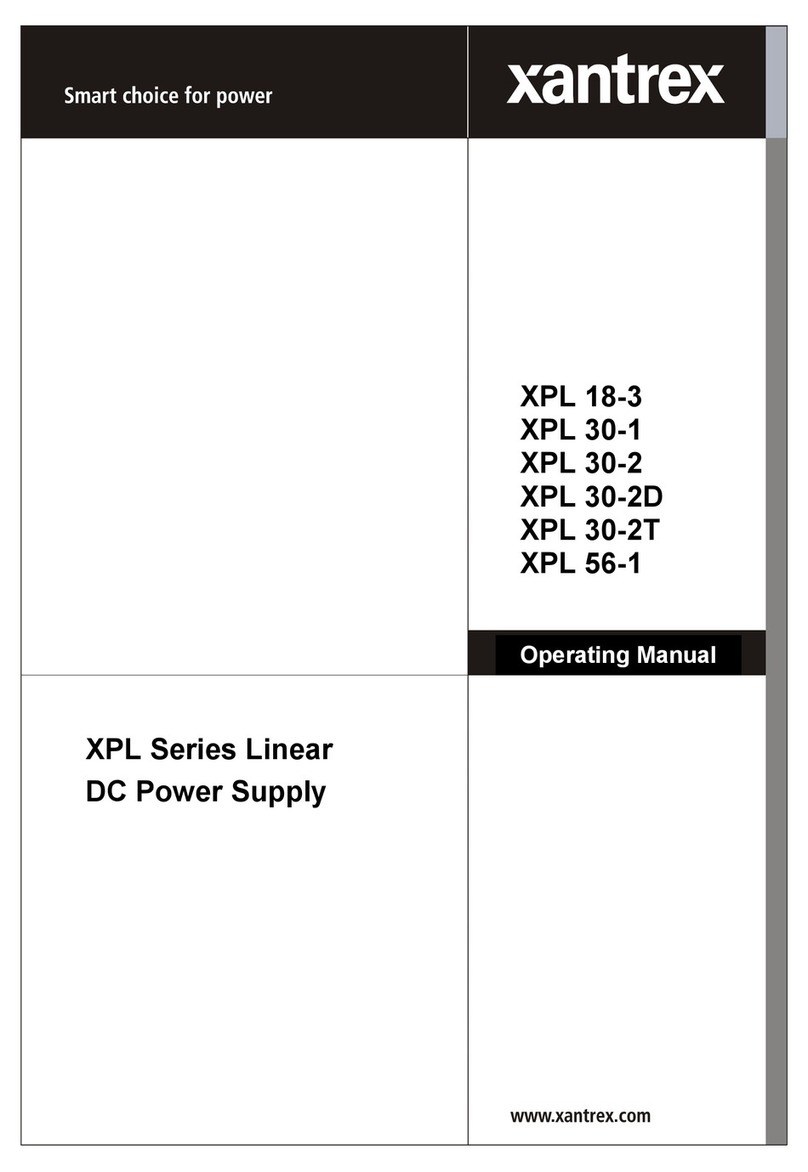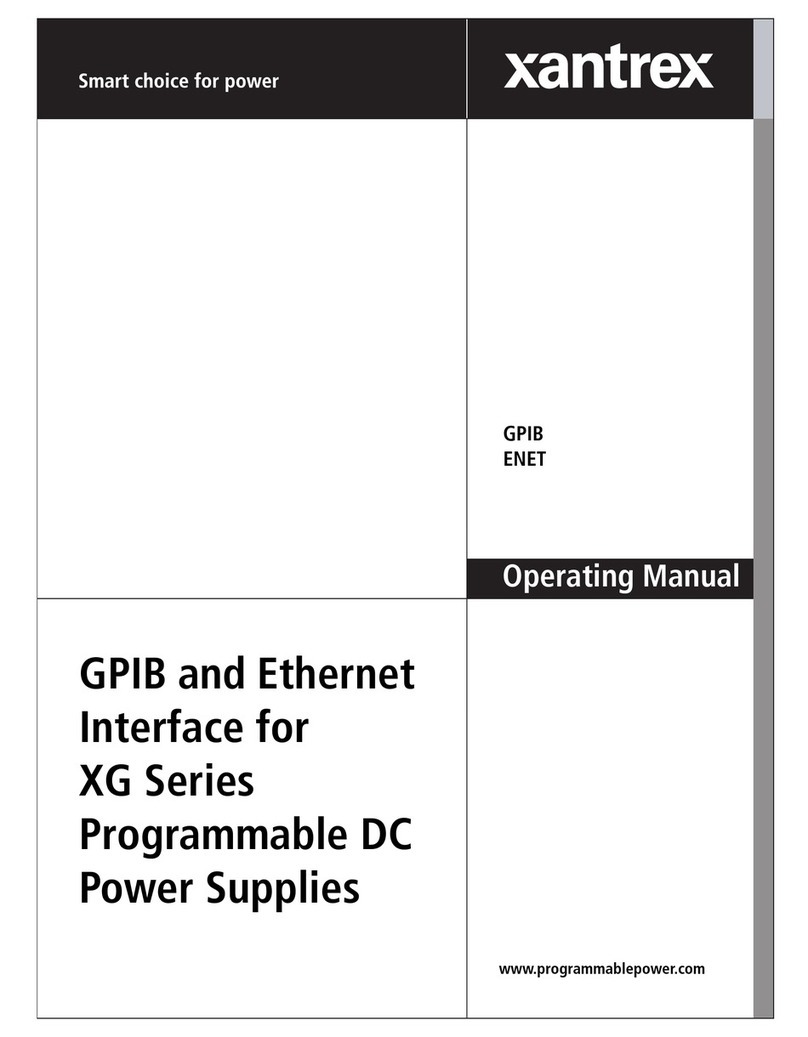
DANGER
HAZARD OF FIRE, ELECTRIC SHOCK, EXPLOSION, OR ARC FLASH
This Freedom e-GEN System User Guide is in addition to, and incorporates by reference, the relevant product manuals for each product in the
power system. After reviewing this guide you must read the relevant product manuals. Unless specified, information on safety, specifications,
installation, and operation is as shown in the primary documentation received with the product. Ensure you are familiar with that information before
proceeding.
Failure to followthese instructions willresult in death orseriousinjury.
Exclusion for Documentation
UNLESS SPECIFICALLY AGREED TO IN WRITING, SELLER (A) MAKES NO WARRANTY AS TO THE ACCURACY, SUFFICIENCY OR
SUITABILITY OF ANY TECHNICAL OR OTHER INFORMATION PROVIDED IN ITS MANUALS OR OTHER DOCUMENTATION; (B)
ASSUMES NO RESPONSIBILITY OR LIABILITY FOR LOSSES, DAMAGES, COSTS OR EXPENSES, WHETHER SPECIAL, DIRECT,
INDIRECT, CONSEQUENTIAL OR INCIDENTAL, WHICH MIGHT ARISE OUT OF THE USE OF SUCH INFORMATION. THE USE OF ANY
SUCH INFORMATION WILL BE ENTIRELY AT THE USER’S RISK; AND (C) REMINDS YOU THAT IF THIS MANUAL IS IN ANY
LANGUAGE OTHER THAN ENGLISH, ALTHOUGH STEPS HAVE BEEN TAKEN TO MAINTAIN THE ACCURACY OF THE TRANSLATION,
THE ACCURACY CANNOT BE GUARANTEED. APPROVED CONTENT IS CONTAINED WITH THE ENGLISH LANGUAGE VERSION
WHICH IS POSTED AT HTTP://WWW.XANTREX.COM.
Contact Information
Telephone: +1-800-670-0707 / +1-408-987-6030
Email: customerservice@xantrex.com,
http://www.xantrex.com/power-products-support/
Web: http://www.xantrex.com
Important Safety Information
READ AND SAVE THESE INSTRUCTIONS
Electrical equipment shall be installed, operated, serviced, and maintained only by qualified personnel.
Certain configuration tasks shall only be performed by qualified personnel in consultation with your local
utility and/or an authorized dealer. Servicing of batteries and the BMS shall only be performed or supervised
by qualified personnel with knowledge of lithium-ion batteries and their required precautions. Qualified
personnel have training, knowledge, and experience in:
• Installing electrical equipment
• Applying applicable installation codes
• Analyzing and reducing the hazards involved in performing electrical work
• Installing and configuring lithium-ion batteries
• Selecting and using Personal Protective Equipment (PPE)
No responsibility is assumed by Xantrex LLC for any consequences arising out of the use of this material.
DANGER
HAZARD OF FIRE, ELECTRIC SHOCK, EXPLOSION, OR ARC FLASH
• Apply appropriate personal protective equipment (PPE) and follow safe electrical work practices. See
NFPA 70E or CSA Z462.
• Equipment must only be installed and serviced by qualified electrical personnel.
• Equipment may be energized from multiple sources. Never operate equipment energized with covers
removed.
• In case of fire, use only a Class ABC type (dry chemical) fire extinguisher. Water can be a dangerous
extinguishing medium for energized equipment because of the risk of electrical shock.
• Always use a properly rated voltage sensing device to confirm all circuits are de-energized.
• Do not short-circuit the battery.
• Do not expose the battery to flames.
• Do not attempt to open or dismantle the lithium-ion battery. If the battery is damaged, do not touch the
corrosive electrolyte or powder. In case battery content comes in contact with skin or eyes, immediately
flush the affected area with large amount of clean water and seek medical help.
• Upon disposal, do not crush, puncture, drop, disassemble, dispose of in fire, or similar actions.
Failure to follow these instructions will result in death or serious injury.
WARNING
HAZARD OF FIRE, ELECTRIC SHOCK, EXPLOSION, BURN, OR PERSONAL INJURY
• Always use the Xantrex Battery with the BMS. Never bypass the BMS. The BMS must always be
connected to the lithium-ion battery and in the circuit for proper operation and safety.
• Do not connect other battery types to the system DC load or the system DC bus.
• Do not expose any of the equipment to rain, snow, or liquids of any type. Products are designed for indoor
use only.
• Do not operate the battery or other equipment with damaged or substandard wiring.
• Do not replace the battery fuses or any other fuses in the system by yourself.
• Do not obstruct the air ventilation openings on the system devices. Do not install or operate any of the
system devices in compartment containing flammable materials or in locations that require ignition-
protected equipment.
• When the lithium-ion battery becomes damaged, it can release harmful gases. In such a case, ventilate
the area whenever possible but evacuate the vicinity immediately.
Failure to follow these instructions can result in death or serious injury.
NOTICE
RISK OF EQUIPMENT DAMAGE
• Do not physically modify the system devices, wiring harness, and accessories.
• Do not alter the factory settings on any of the system devices including the BMS.
• Do not disassemble the Xantrex Battery or the BMS. They contain non-serviceable parts.
• Only charge the Xantrex Battery with an approved charger. Contact Xantrex for details.
• Do not operate or store the battery outside of the specified environmental limits.
•Do not charge the battery in ambient temperature below freezing.
• Do not charge the battery above 14.8V.
• Do not allow the battery to be completely depleted.
• Do not disconnect the battery while it is being charged.
• Always use the Xantrex Battery with the BMS.
• Components which can be recycled must be recycled and those that cannot be recycled must be
disposed of according to local, regional, and national environmental regulations.
Failure to followthese instructions can result in damageto equipment and may void the warranty.
Introduction
The Freedom e-GEN System solution from Xantrex is a lithium-ion battery-based power
system that offers safe, clean, and efficient onboard power. The system features a 600 Ah
or 450 Ah Xantrex Battery pack and a 3 kW inverter/charger, capable of delivering grid-
quality AC power to run onboard appliances for an extended period of time. The ability to
charge from both the auxiliary alternator and shore power offers flexibility and fast
recharge, further empowering your road experience.
The Freedom e-GEN System consists of the following core components:
lFreedom SW 3012 Inverter/Charger
lConext ComBox for Freedom SW and Tablet*
l600 Ah or 450 Ah lithium-ion Xantrex Battery pack and Xantrex BMS (Battery
Management System)
lAuxiliary Alternator and dedicated regulator
This user guide provides you basic instructions on how to operate and maintain the
Freedom e-GEN System. For more information, refer to each device’s Owner’s Guide.
*Some systems may come with a System Control Panel (SCP).
Turn On Battery and Inverter
REMOTE
PANEL
0 A
POWER/
RESET
Turning ON the BMS
•A single, brief press of the POWER/RESET
push button on the remote panel will turn on
the BMS and engage battery power.
Turning OFF the BMS
•Press and hold the POWER/RESET push
button for 3 seconds to turn off the BMS and
disengage battery power.
Once battery power is engaged, you can
enable and disable the Freedom SW
inverter AC output through an Android
tablet using the Conext ComBox app (or
through an SCP). Instant system status
and aggregate usage data are available
to help you monitor and assess your
energy consumption.
NOTICE
RISK OF EQUIPMENT OR BATTERY DAMAGE
• Do not change the factory settings of the Freedom SW.
• Do not leave appliances on if they are not in use as this will drain the battery..
Failure to followthese instructions can result in damageto equipment and may void the warranty.
Monitor Xantrex Battery Status
The SoC LCD Display (PN: 881-0401-12) on the system remote panel
powers up whenever BMS is turned on. Its screen has two lines
where battery information is displayed.
Press the Left (or Right) button to cycle through the following battery
information displayed on the first (or second) line.
Example Description
12.8V Battery voltage (Volts)
77F t1 Battery temperature (t1 = battery one)
R0000100 Battery status code used for troubleshooting
D 225 0d Remaining time until depletion (D) or full charge (C) in days (d) or hours (h)
T0000000 Total amount of amp-hours consumed from the battery since day of manufacture
600.0 Ah Battery amp-hours (Ah) remaining
8040 Wh Battery watt-hours (Wh) remaining
EÛÛÛÛÛÛÛF Battery bar gauge (Empty-Full)
100% BAT Remaining battery capacity before system shutdown
0A Discharging current (Amps) no sign OR charging current (Amps) with “+” sign
0W Load power consumption (Watts)
975-0791-01-01 Rev F
Sep 2019
Copyright © 2019 Xantrex LLC. All Rights Reserved.
All trademarks are owned by Xantrex LLC and its affiliates.
1
Freedom e-GEN System User Guide
http://www.xantrex.com
